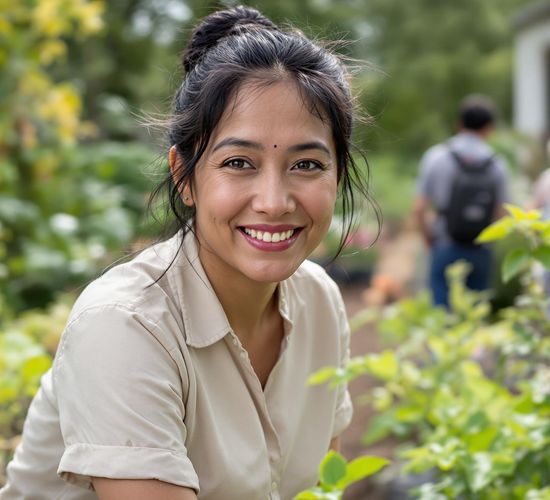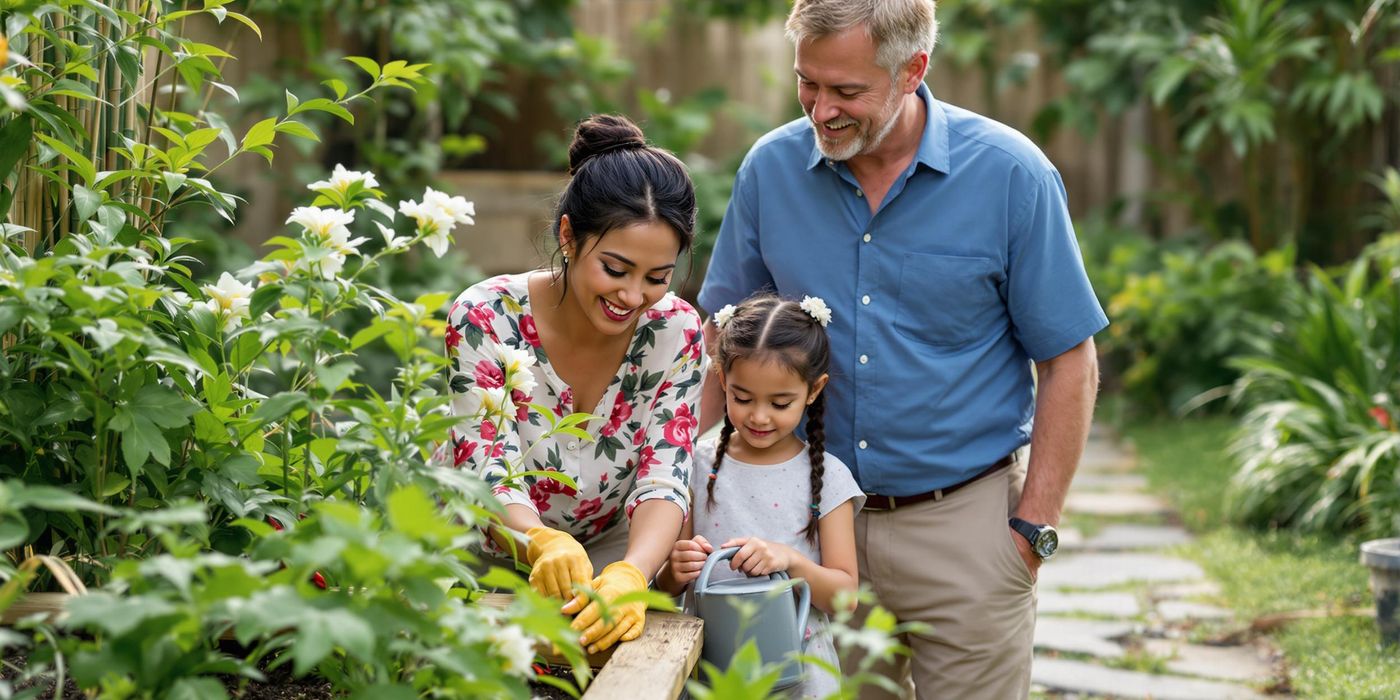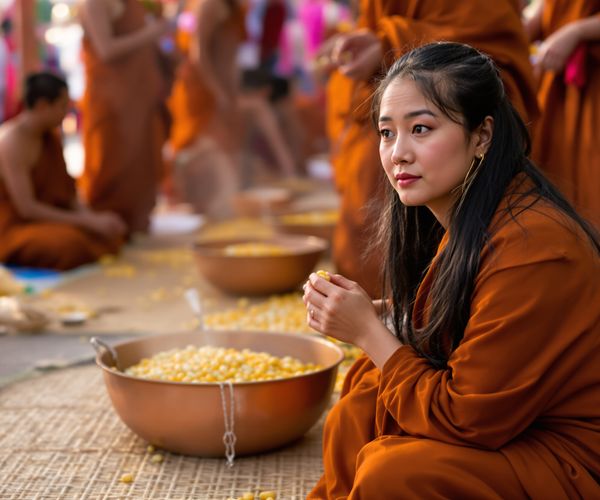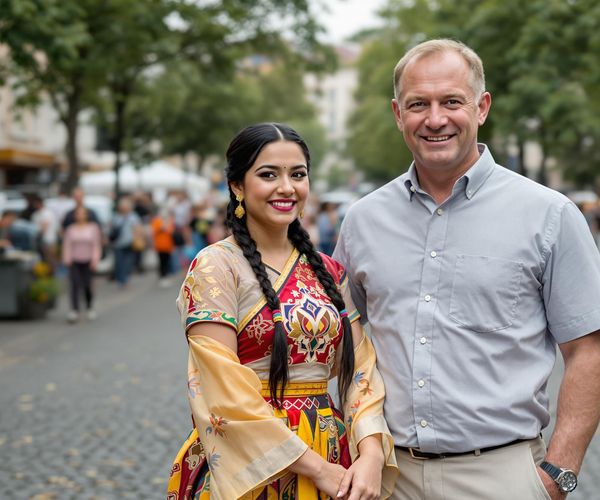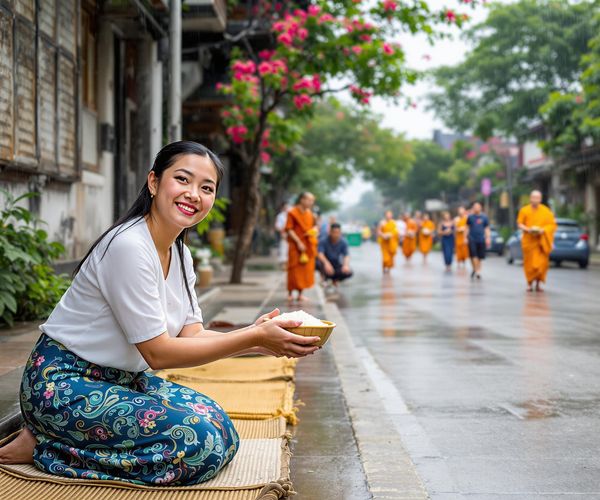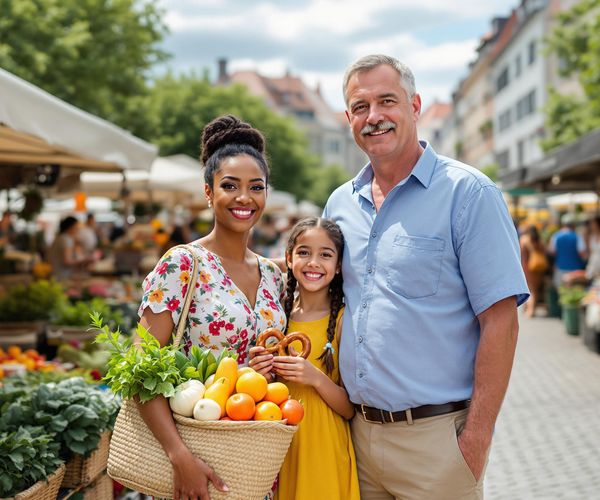As a librarian specializing in Southeast Asian history and culture, I've always found that travel enriches my understanding of the world. But it's not just the historical sites or bustling markets that captivate me; it's also the plants. Bringing home botanical souvenirs allows me to keep a piece of my travels alive, transforming my garden into a living tapestry of memories.
The Allure of Botanical Souvenirs
There's something deeply emotional about plants. They're not just objects; they're living entities that connect us to specific places and experiences. Think about a time you encountered a particularly striking flower or a lush, vibrant garden during your travels. Didn't it evoke a sense of wonder and a desire to hold onto that moment?
For me, it was a small jasmine plant I brought back from a trip to Siem Reap. The intoxicating fragrance instantly transports me back to the ancient temples and serene landscapes of Cambodia. Every time it blooms, I'm reminded of the kindness of the local people and the rich cultural heritage I experienced there.
Navigating Regulations and Practicalities
Before you get carried away with visions of transforming your garden into a global oasis, it's crucial to understand the regulations surrounding the transportation of plants and seeds across borders. Each country has its own rules to prevent the spread of pests and diseases, so doing your homework is essential.
Phytosanitary certificates are often required for importing plants, and you'll need to declare any plant material at customs. These certificates confirm that the plants have been inspected and are free from harmful organisms. While it may seem daunting, a little research can save you a lot of hassle at the border.
When transporting plants, prioritize their safety. Wrap the roots in damp paper towels and place the plant in a sturdy container to prevent damage. I've learned from experience that gentle handling and proper packaging are key to ensuring your botanical souvenirs arrive home in good condition.
If regulations seem too complex, consider purchasing seeds instead of live plants. Seeds are generally easier to transport and less likely to be subject to strict regulations. Plus, growing plants from seeds can be incredibly rewarding!
Sourcing Inspiration from Southeast Asia
Southeast Asia is a treasure trove of botanical wonders, offering a diverse range of plants that can thrive in various climates. From the vibrant orchids of Thailand to the fragrant spices of Vietnam, there's something for every gardener to discover.
Consider incorporating plants like lemongrass, ginger, or chili peppers into your garden. These not only add a touch of Southeast Asian flavor to your cooking but also bring a unique aesthetic to your outdoor space. For those in cooler climates, dwarf citrus trees or hardy ferns can evoke the lushness of the tropics.
I'm particularly inspired by traditional Khmer gardening practices, which emphasize sustainability and harmony with nature. Companion planting, where different plants are grown together to benefit each other, is a common technique. For instance, planting basil near tomatoes can deter pests, while growing legumes can enrich the soil with nitrogen.
In urban environments across Southeast Asia, you'll find creative solutions for growing food in limited spaces. Vertical gardens, container gardening, and rooftop farms are all popular ways to maximize yields and bring greenery into the city. Crops like bok choy, morning glory, and various herbs thrive in these conditions.
Adapting Plants to Your Home Garden
Bringing plants from different regions into your home garden requires a bit of planning and adaptation. One of the biggest challenges is creating the right microclimate to suit their specific needs.
Consider factors like sunlight, temperature, and humidity. If you live in a cooler climate, you might need to create a sheltered area or use a greenhouse to protect your plants from frost. Conversely, if you live in a hot, dry region, you'll need to provide ample shade and water.
Soil composition is another crucial factor. Plants from Southeast Asia often prefer well-draining soil that is rich in organic matter. Amend your soil with compost, peat moss, or other organic materials to improve its texture and fertility.
I've had success propagating plants from cuttings or seeds I collected during my travels. It's a rewarding way to expand your garden and create new memories. Just remember to research the specific propagation methods for each plant species.
Adjusting plants to their new environment can be a gradual process. Start by placing them in a shaded area and gradually expose them to more sunlight over several weeks. Water them regularly and monitor them for signs of stress. With a little patience and care, your botanical souvenirs will thrive in their new home.
Preserving Memories Through Garden Design
To truly capture the essence of your travels, consider incorporating elements of Southeast Asian garden design into your home garden. Water features, such as small ponds or fountains, can create a sense of tranquility and reflect the importance of water in Southeast Asian culture.
Stone pathways, bamboo structures, and traditional Khmer sculptures can also add an authentic touch. Use local materials whenever possible to create a garden that reflects the aesthetic of the places you've visited.
Another idea is to create a themed garden bed dedicated to plants from a specific travel destination. Group plants together that share similar growing requirements and complement each other aesthetically. This will not only create a visually stunning display but also serve as a constant reminder of your adventures.
Gardening is more than just a hobby; it's a way to connect with nature, preserve memories, and celebrate different cultures. By bringing home botanical souvenirs, you can transform your garden into a living testament to your travels and create a space that is both beautiful and meaningful.
Bring a piece of your travels home by incorporating local plants and gardening techniques into your own garden. Learn how to keep your memories alive through botanical souvenirs.

